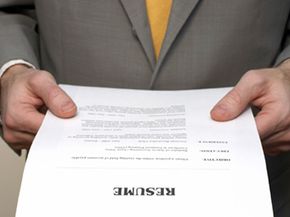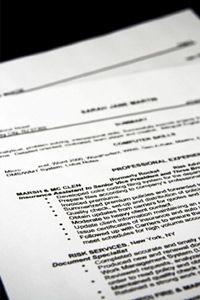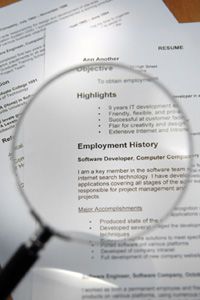You always heard not to judge people on first impressions. Unfortunately, when it comes to your resume, your potential employer will be doing just that to you. Though you may pour your heart, soul and life story into that important document, chances are employers will pitch it after glancing at it for a few seconds. After all, they've probably got hundreds to read, and for a myriad of possible reasons, yours failed to entice them. It doesn't mean you're not qualified for the job. It might just mean you need to approach your resume with a new perspective and armed with some effective tips.
Advertisement
When you're constructing your resume, you have to walk a few dangerous tightropes. For one, you need to be able to brag about yourself without exaggerating. The employers who are poring through piles of resumes have seen it all and can usually smell bluffs from a mile away. Another difficult line to walk is making your resume stand out without descending to tricks and designs that merely frustrate the resume reader. Neon colors and funky fonts may get you noticed -- but not in the way you want. Rather, a clean format will draw meaningful attention to the meat of your resume: your qualities and accomplishments.
An effective resume grabs the reader's attention quickly. But even the smallest grammatical mistake will foil your hard work. Murphy's Law, which states that "If anything can go wrong, it will," could have been written with resumes in mind. Fortunately, there's no mistake you can make that hasn't been made before. Because so many things can (and often do) go wrong, irked resume readers have filled volumes with guidelines and suggestions for resume writing.
We've assembled some expert advice on what to include and, perhaps more importantly, what to omit from your resume. Overall, keep in mind that your ultimate goal should be to land an interview -- leave them wanting more. It's easy to lose sight of this goal, so internalize it as mantra. With that in mind, let's go over the major parts of a resume.
Advertisement





